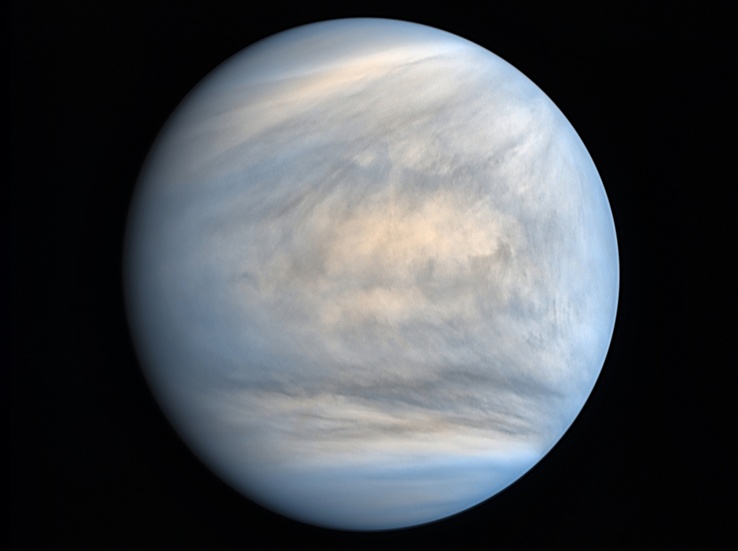
The clouds of Venus might support alien life, says study
A new study has revealed that the clouds of Venus might possibly be hosting alien life. Yes, the scientists of the study are of the notion that microbes may have evolved on Venus. Some of the models suggest that the planet once had a habitable climate and liquid water was present on its surface for about two billion years.
Sanjay Limaye of the University of Wisconsin-Madison in the US, said, “That’s much longer than is believed to have occurred on Mars.” David J Smith of NASA’s Ames Research Center said that on Earth, the terrestrial microorganisms, mostly the bacteria, are known to survive at altitudes as high as 41 kilometers above Earth. The scientists discovered those high-flying bacteria with the help of specially equipped balloons. Also, microbes are found in extremely harsh conditions on Earth such as the Yellowstone hot springs, deep ocean hydrothermal vents and the Atacama Desert.
Rakesh Mogul, a professor at California State Polytechnic University in the US said that they know that on Earth, life can thrive in acidic conditions and can feed on carbon dioxide and can produce sulphuric acid. Venus has got a highly reflective, cloudy and acidic atmosphere that is composed mainly of carbon dioxide and water. Hence, scientists believe, it is possible that microbes may thrive inside the clouds of Venus.
Previous space probes flying past Venus had revealed that the temperature and pressure conditions in the lower and middle portions of Venus’s atmosphere, altitudes between 40 and 60 km, may not be that harsh to support life. But the surface conditions are inhospitable for life because there the temperature reaches above 450 degrees Celsius. Grzegorz Slowik of the University of Zielona Gora in Poland says that certain bacteria in Earth’s atmosphere have light-absorbing properties similar to that of the unknown particles that constitute the dark patches seen in Venus’s clouds.
Limaye said that Venus showed some episodic dark, sulphuric rich patches, with contrasts up to 30-40 percent in the ultraviolet, and muted in longer wavelengths. According to him, the mysterious particles that make up the dark patches nearly have the same dimension as that of the Earth-frown bacteria, and hence these could provide better insights into the Venus clouds and whether they support alien life or not.


